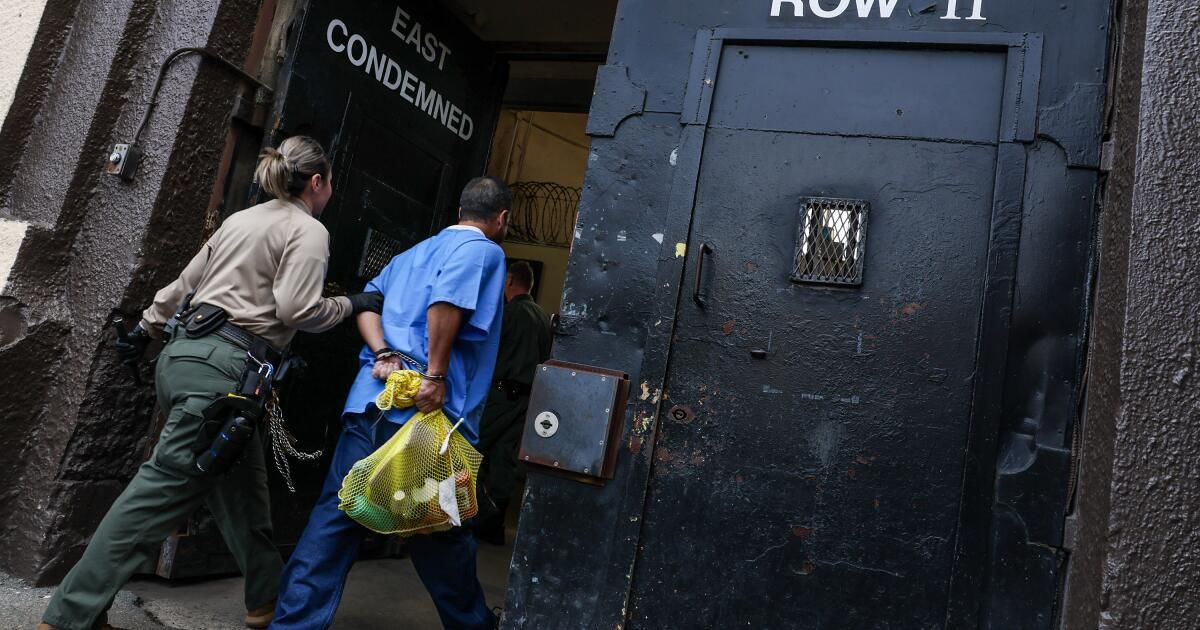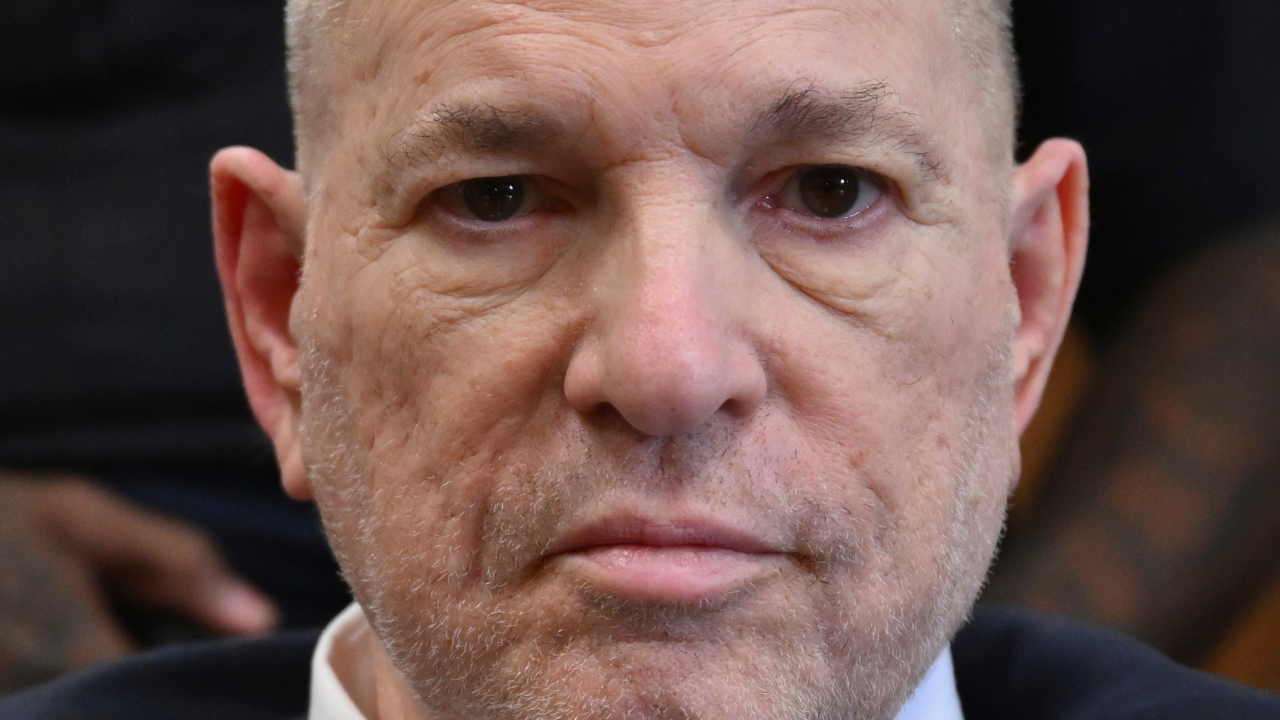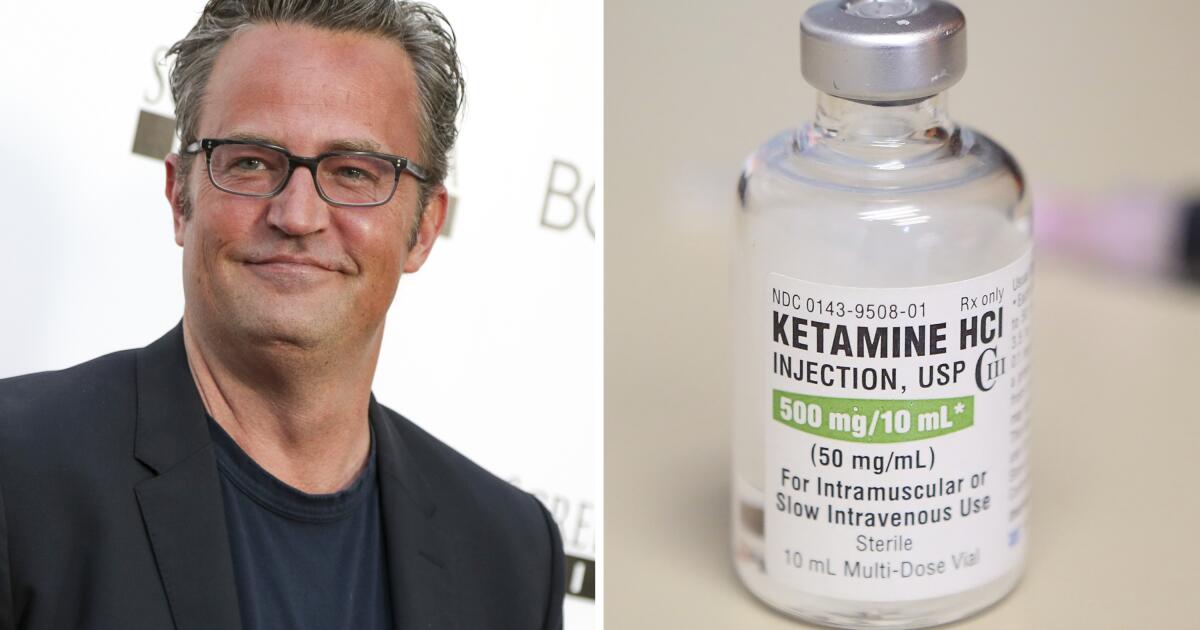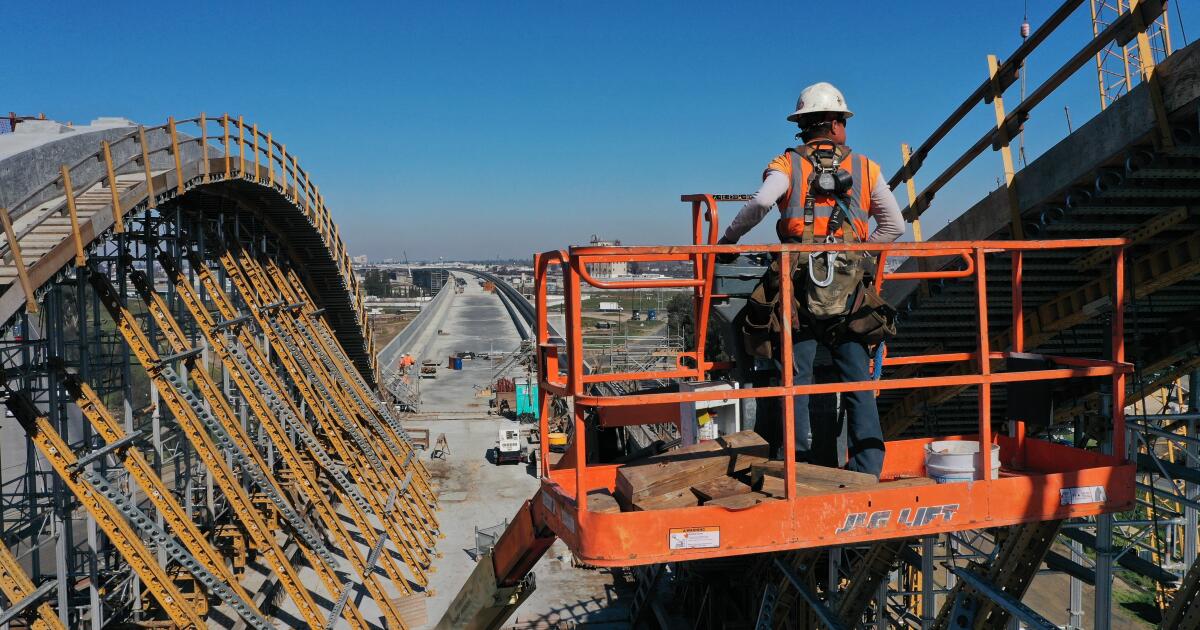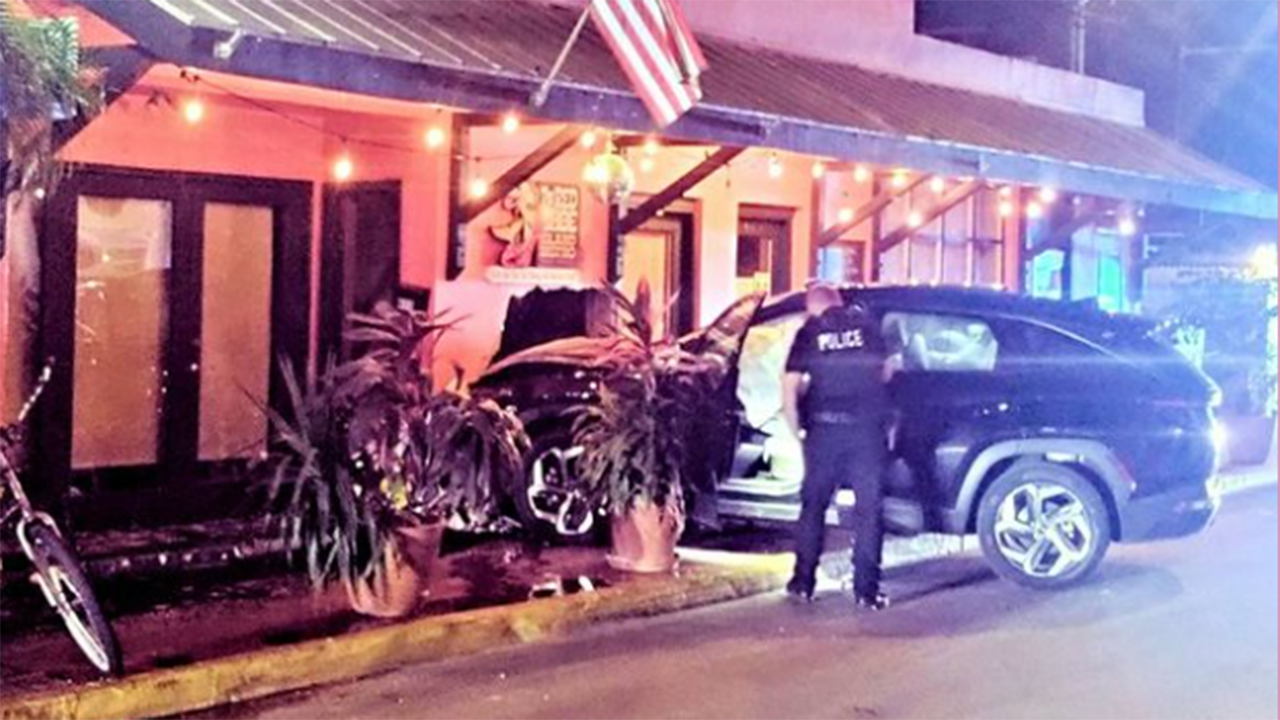City and law enforcement officials in San Bernardino County say they are outraged after dozens of death row inmates were transferred from San Quentin State Prison to Chino.
In a series of press conferences and public statements over the past two weeks, San Bernardino and Chino County officials have called on Governor Newsom's office and the California Department of Corrections and Rehabilitation to remove convicted prisoners, arguing that the 83-year-old Chino prison cannot safely house inmates and keep the neighboring community safe.
“To think that this prison can successfully house our state's worst criminals is a mistake,” Chino Mayor Eunice Ulloa said during a news conference Wednesday. “This is a prison in desperate need of repair.”
Since Feb. 26, the state has transferred 324 death row inmates from San Quentin Rehabilitation Center to other state prisons, representing more than half of the 639 death row inmates in state custody, according to the CDCR.
Of those transfers, the California Institution for Men in Chino received 39, the third highest number of transfers of condemned inmates after the California Health Care Facility in Stockton and the California State Prison in Sacramento.
The measures are part of the state's attempts to comply with Proposition 66, which was approved by voters in 2016 to speed up the execution process but also called for death row inmates to work and pay restitution to victims.
In 2020, a year after Governor Newsom imposed a moratorium on the death penalty, the state began moving condemned inmates out of San Quentin. Over the next two years, California moved 104 people from San Quentin and the Central California Women's Facility to other state prisons as part of a pilot program. The state announced in March that it plans to build on that program and convert the infamous San Quentin prison into a Scandinavian-style prison focused on rehabilitation.
But critics argue that Proposition 66 also required California to carry out death sentences and Newsom is ignoring that part of the law.
“Support 66 is the law, but Proposition 66 also requires CDCR to maintain the death penalty chambers for these convicted inmates who were given the death penalty,” said San Bernardino District Attorney Jason Anderson at a news conference Tuesday. “We should never be in a state where parts of the law are cherry-picked and other parts are thrown out depending on their rhetoric and their politics.”
Chino city officials said they were caught off guard when the CDCR began transferring inmates in February.
“These transfers occurred without any proper notification from the state,” the mayor said.
“It's a recipe for disaster,” said Chino Police Chief Kevin Mensen. “These are criminals who should never have been transferred to the CIM. “They should have stayed in San Quentin.”
Mensen and other local leaders pointed to a 2008 report from the California Office of Inspector General that called for $28 million in needed repairs to the facility and two leaks in the past 40 years as part of their safety concerns for the surrounding community.
“The transfer of death row inmates to CIM creates tangible public safety concerns for local residents,” San Bernardino County Supervisor Curt Hagman said in the statement. “CIM has a history of infrastructure deficiencies that have resulted in several recent well-documented leaks. Relocating this category of inmates to CIM is irresponsible and ignores the reality of what the facility is capable of handling.”
Originally known as the “prison without walls,” CIM was originally secured with a single barbed wire security fence intended primarily to keep cows out of the facility rather than keeping inmates inside, according to the CDCR.
Now, all facilities to which death row inmates are transferred will include a “secure, fortified perimeter” that includes a lethal electrified fence, said CDCR spokesman Albert Lundeen.
Chino, specifically, has undergone a number of repairs and upgrades, including upgrades to its electrical systems and security lighting, according to the CDCR.
All death row inmates are also identified as “close custody” wherever they are transferred, meaning they are under direct supervision when participating in work and programming, Lundeen said.
“The CDCR can assure the public that these individuals will never be housed in the area of the facility that previously had a hallway, which previously occurred in a different area of the prison, in a lower security level area, WITHOUT a fence.” lethal electrified.” Lundeen said.
In 2018, an inmate escaped after being trapped in barbed wire for 20 minutes and stealing a security guard's vehicle. He was detained after authorities began a high-speed chase.
In 1983, an inmate named Kevin Cooper also escaped from prison and killed four people, including 11-year-old Christopher Hughes, who was spending the night at a friend's house.
“Bad things can't happen where we live, except when they do,” Christopher's mother, Mary Ann Hughes, said during a news conference Tuesday. “[Cooper] “He literally left.”
The transfers have prompted city officials to contact the governor's office, the CDCR and local legislators asking that the 39 inmates be removed from Chino.
Local officials also reached out to residents to express their outrage over the decision, launching a petition on the city website, asking the governor to move inmates to “other appropriate facilities” until more repairs and improvements are made. in Chino prison.
So far it has obtained 1,000 signatures, Ulloa said.

